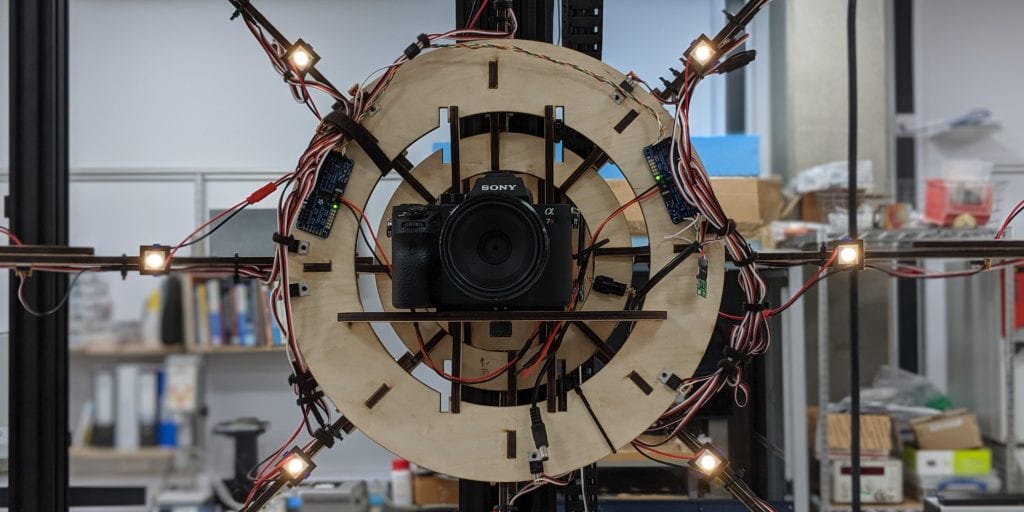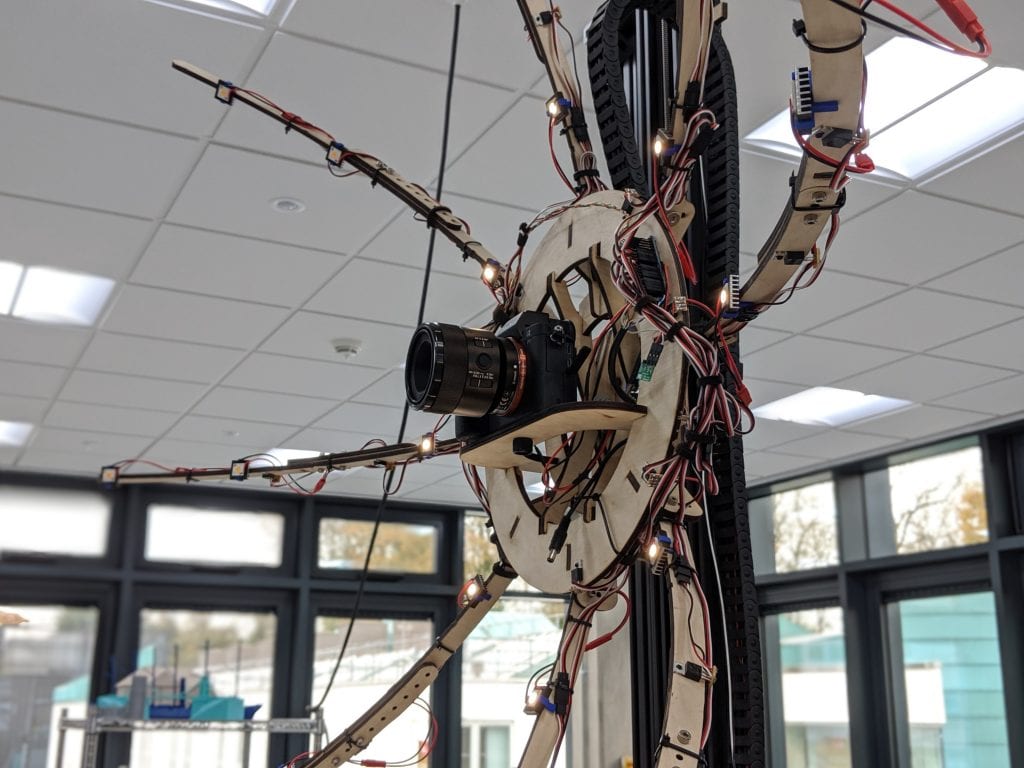The project was developed during the summer of 2019 to share cultural Heritage through creative immersive experiences. The project aim was to improve access to, and understanding of, Cultural Heritage objects.
The project involved two key aspects. Firstly, the design and implementation of a prototype scanning system to simultaneously capture reflectance and geometric surface information from cultural artefacts focusing on paintings and artworks on paper. Secondly, a working prototype for the delivery of 3D models captured with the scanner via WebXR so objects are viewable via browser on mobile and HoloLens Mixed Reality.
The combination of these highly detailed 3D models and new creative immersive experiences can give audiences a completely new viewing experience where they can perceive the fine details such as the weave of a canvas, brush strokes, or marks on manuscripts and engravings. This is particularly important when experiencing planar artworks because the interplay of light with the surface reveals information about the variable colours, intricate detail and materiality of the surface.
The realistic immersive experiences we produced provide the viewer with the ability to inspect the artwork from all angles and under different lighting conditions. The use of WebXR to visualise our 3D models means that no app-download is required, rather, the user can simply go to a url and place their phone camera over a marker to see 3D objects in augmented Reality.


